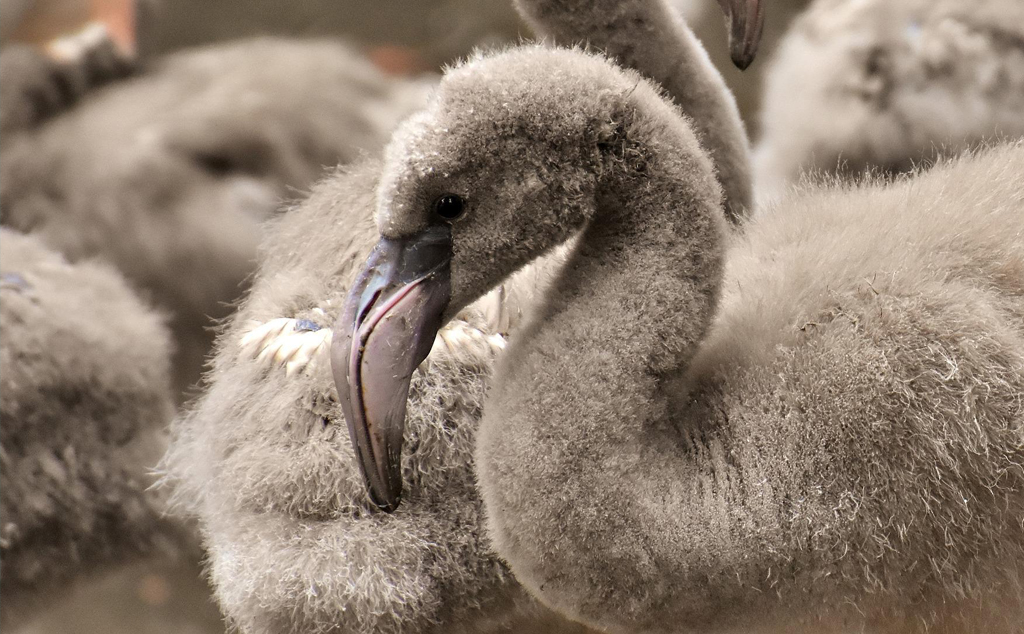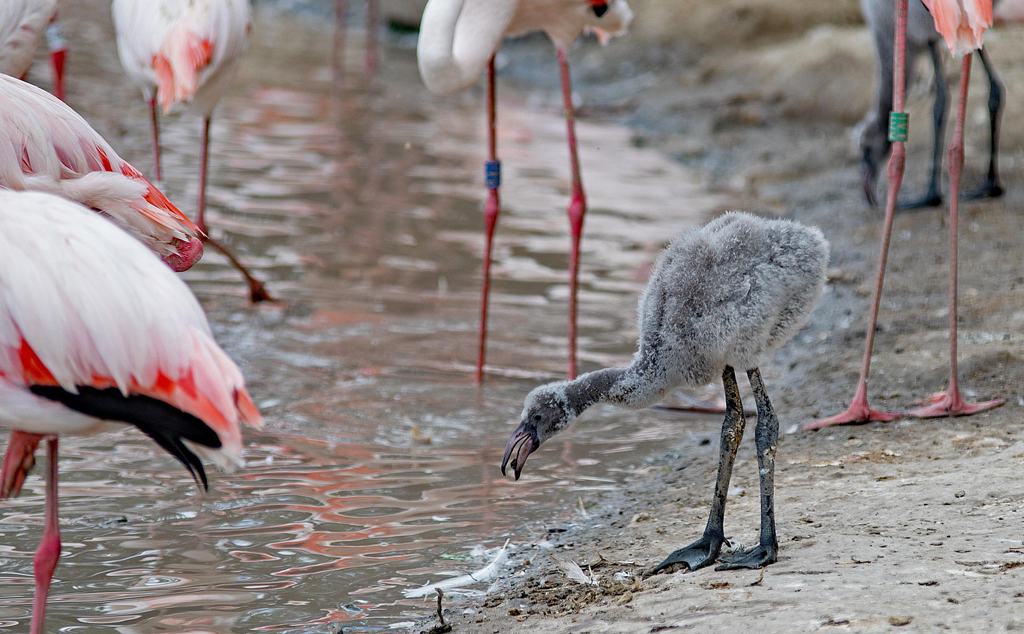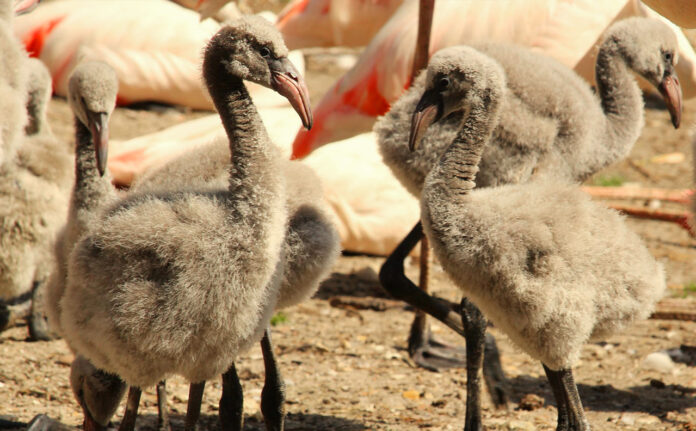ADOLESCENT FLAMINGO CHICKS have been making their way out of the nursery in recent weeks, and some of the young birds have found themselves in a spot of trouble.
For the third year in a row, the migratory Greater Flamingo population in Torrevieja has enjoyed one of the most productive summer seasons in recent history.
The notoriously selective birds established breeding grounds in Torrevieja's salt lakes in the spring of 2020 for the first time since 1983. A flamboyance of 1,500 nesting pairs was observed, and local environmental authorities mobilised to provide the flamingos with the isolation they required.
Three months later, the Ministry of Agriculture and Ecological Transition confirmed that the breeding season had resulted in the birth of 1,237 baby flamingo chicks – more than double the initial estimates based on counting nests.
Once again this year, Torrevieja's salt lakes have become one of the main natural habitats in Southern Europe for the pink-hued birds, with local media reporting more than 4,500 breeding pairs nesting in the lagoon.

Baby flamingo chicks and young flamingos in Torrevieja
If those estimations are correct, the number of flamingo chicks born in Torrevieja this summer could exceed those registered in the Fuente de Piedra salt lake in Malaga – often regarded as a national benchmark in the reproductive success of the Greater Flamingo species.
But now, some eighty days after the first eggs tentatively hatched, many of the fledgling youngsters are beginning to spread their wings for the first time – sometimes with limited success.
After the first nesting in 2020, adolescent birds made their way out of the colony, with some errant birds inadvertently making their way to roads and beaches in the surrounding vicinity.
And over recent weeks, hapless young flamingos have been exploring their local habitat, resulting in some surprise encounters between the birds and workers at the salt production facility, and landing in private residential gardens located relatively close to the lakes.
The youthful birds are often dehydrated but otherwise unharmed, and authorities are expecting them to venture further afield over the forthcoming weeks, as they did following the end of the nesting season in 2020.

What to do if you find a flamingo in your garden
Federico Kenzelmann Area, an avid wildlife photographer and “Salinero” at the Torrevieja salt works, points out that the main thing to do during an encounter with a flamingo is to call for help as soon as possible.
Secure the adolescent bird, preferably in a ventilated cardboard box, and try to keep the flamingo calm. Once secure, do not approach the flamingo unless you need to, to prevent causing additional stress to the bird.
Immediately call the Santa Faz Wildlife Recovery Centre in Alicante on +34 965 938 085, and call the Orihuela Costa Local Police unit on +34 966 760 000 or +34 649 900 304.
Give the flamingo water to drink, but as Federico highlights, do not feed the bird. “Flamingos feed on microorganisms filtered from the lake water and you should not attempt to feed them.”
In most cases, these young Greater Flamingos recover quickly with the application of a special serum to hydrate the birds, and often return to the nursery with the rest of the colony in a safe location that will allow them to remain calm until they are ready to finally take flight.
Looking for holiday ideas and travel inspiration? Find out more about our favourite recommended things to do on the Orihuela Costa or join the La Zenia community Facebook group and find out what's going on in the local area.
Photo credit: LaZenia.com




